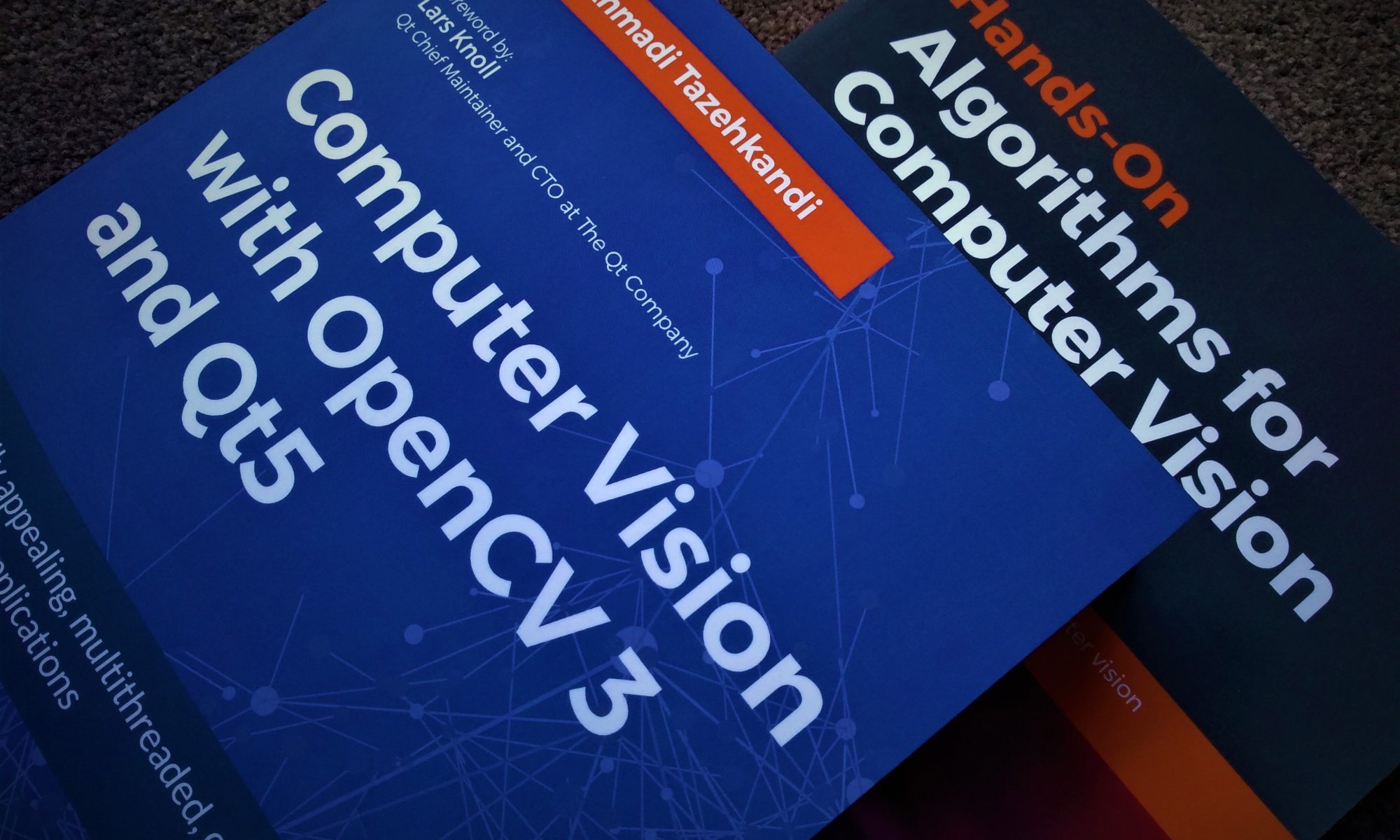I’m having a blast building CPython from scratch and thought it’s probably a good idea to keep track of the build steps. I figured this one’s something I’ll be doing/repeating for a long time. This has the potential of making Python app deployment quite simple.
Continue reading “Building Python (CPython) from sources and getting started on Windows”How to Build OpenCV 3.4.11 for Native Android Development Using PowerShell (Windows)
One in a while I start working on an Android app with computer vision capabilities and obviously I need OpenCV for that. However, I’m not surprised that every time (or most of the time to be fair) there’s some change in the way OpenCV is built which renders my build scripts useless, or buggy at least. This is understandable because of the nature of OpenCV library and the fact that it is trying to keep up with many new features and fixes and so on. In any case, this post is a reminder of all of the things I just mentioned and a guide to help you build OpenCV for Native Android development, and especially in Qt Framework which I’ll describe in a separate post soon.
Continue reading “How to Build OpenCV 3.4.11 for Native Android Development Using PowerShell (Windows)”How to Build Static FFmpeg with x264 on macOS
I had to build FFmpeg with x264 support on macO statically, so I had to look around for a bunch of scattered commands. This is why I thought I should gather them up into a single post for easier reference later on. Here’s the result.
Continue reading “How to Build Static FFmpeg with x264 on macOS”Building OpenCV 4.3.0 with Visual Studio 2019 Community
This is another one of those notes for myself which might be useful to you as well so I’m sharing it here. If you want to easily download and build OpenCV 4.3.0 with a simple PowerShell script, the this guide is for you.
Continue reading “Building OpenCV 4.3.0 with Visual Studio 2019 Community”Configuring Qt for Windows Projects to Use OpenCV 4.1.0
I usually build OpenCV with the BUILD_opencv_world option which makes it quite easy to configure my Qt projects and work fast. But when it comes to deploying OpenCV powered applications, I still prefer to use the modular and default OpenCV build in order to deploy only the required DLLs and end up with a smaller installer file size.
Continue reading “Configuring Qt for Windows Projects to Use OpenCV 4.1.0”How to Build and Use OpenCV 4 with Qt5 in macOS Mojave
This guide is quite similar to my previous How-Tos about building OpenCV from source codes and using them in Qt, but I wanted to created a fresh one and point out a few of the changes made in this recent OpenCV version that requires you to reconfigure your Qt projects just a bit.
Continue reading “How to Build and Use OpenCV 4 with Qt5 in macOS Mojave”How to Build OpenCV 4.X for Native Android Development
For a number of different reasons, you might want/need to build OpenCV from scratch instead of using the pre-built and official libraries provided by OpenCV. Since you’ve ended up reading this post, there’s a good chance that you already know why you might need to do this, but if you don’t, you can check out my similar post from a couple of years ago for some answers on this. That post was based on OpenCV 3.3 which is considered out-of-date these days, especially with OpenCV 4 out in the market (OpenCV 4.0.1 at the time of writing this article), so I decided to write a new tutorial to address some of the differences. So without without further ado, here we go.
Continue reading “How to Build OpenCV 4.X for Native Android Development”A Simple Script to Build OpenCV 3.4.3 for Windows
Update 2019-05-25: Added notes to help with changes and possible issues caused with more recent versions of CMake.
Over the years I have written quite a few guides and tutorials that describe building OpenCV from sources for Windows, however they were mostly done using the GUI. It means you’d have to be using CMake GUI to set some parameters and then a few other actions and you’d end up building OpenCV using Visual Studio like any other VS solution. Even though it’s quite simple to build OpenCV like this, you can’t automate it and you need to perform all the required actions manually. In this post though, I’ll be sharing a few simple commands that can be put inside a batch script that will allow you to build OpenCV for any platform you like, simply by executing (or double clicking) that script!
Continue reading “A Simple Script to Build OpenCV 3.4.3 for Windows”
Adding External Libraries to Qt Projects
As simple as it sounds, most of the time it’s a hassle to add the required libraries to your Qt projects. You have to add the include path, the libraries and if you are aiming to have a cross-platform project, you need to account for Windows, macOS and Linux operating systems separately. Well, there are a couple a methods to simplify this a bit which I’ll describe in this tutorial.
Continue reading “Adding External Libraries to Qt Projects”
How to Build Qt 5.9.2 Static Using MinGW
You can follow the instructions below to build Qt 5.9.2 from sources using MinGW, and statically. To be able to proceed further, you need to make sure you have all the prerequisites on your PC, which are mentioned in this post, then return here.Assuming that you have taken care of all the requirements, you can start by downloading MinGW and Qt 5.9.2 source codes, or take the better and “recommended” route and simply download both of them using the Qt 5.9.2 all-in-one installer for Windows.
Continue reading “How to Build Qt 5.9.2 Static Using MinGW”


